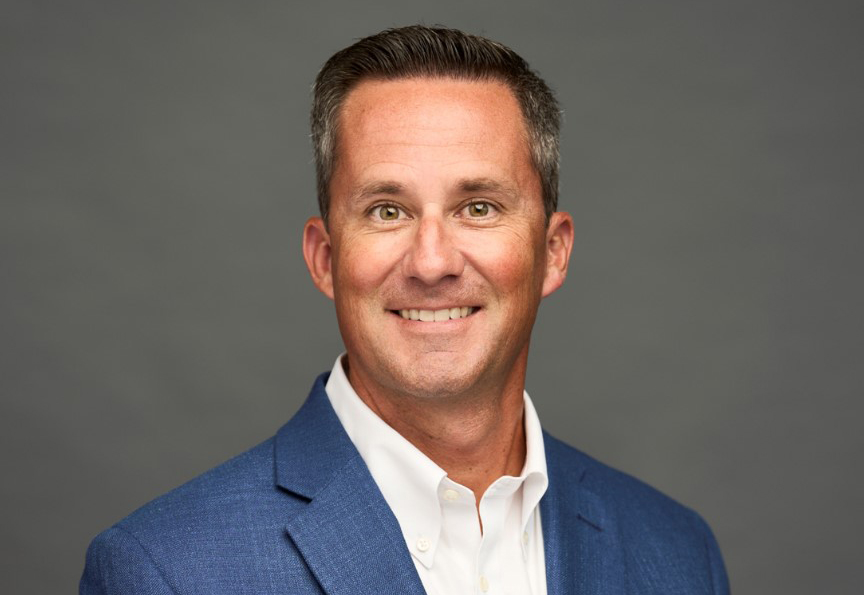Risk Insider: Tony Boobier
Struggling With Stress
Stress is an invisible illness. Untreated, it eats away like a cancer at our health and well-being, with one in five in the U.S. reporting extreme stress, and accounting for one in four workforce absences in the U.K.
Precise estimates are difficult to come by, but it’s suggested that 90 million workdays are lost each year due to stress-related issues. According to the American Physiological Association, the top three causes of stress are money, work and the economy — all inter-related.
As we struggle to cope at a personal level, at best we become grouchy; at worst we lay awake at night, eat badly, or damage our relationships.
For many, admitting to stress is seen as a weakness. But we treat this illness like an old friend. We develop coping mechanisms, even discuss the benefit of stress in our lives which makes us more competitive, gives us “an edge,” and accept that stress is just part of an increasingly performance-orientated workplace.
We say that stress isn’t about the job or the workplace, it’s all about the individual. In other words, we accept that stress is ‘our’ fault, not the employers.
I don’t buy that thinking. Employers owe a duty of care to their staff, which extends to their employees’ mental health. They can’t sit back and react, they need to be proactive and be up to speed with the latest in occupational health.
Stress may be temporary or permanent, and employment-induced stress may be difficult to prove with certainty — but increasing workforce analytics may start to give valuable clues.
The absence of physical conditions often make the case difficult to prove and foreseeability is often a consideration. But it’s clear that the law on liability for stress at work is continuing to mature and as more recent cases are beginning to show, this is a developing area and one which we are likely to need to contend with in the future.
Isolation and Insecurity
For the teleworker, the problem of stress can become acute. Teleworkers are as equally affected as office workers by politics, deadlines, lack of guidance or training, or sometimes bullying — perhaps more so.
They often feel they must give more to be recognized, whilst at the same time personal contact with their work colleagues other than by telephone is often reduced.
What looks like an easier life with more personal flexibility can in fact be one of isolation, insecurity and lack of personal contact. I’d argue that homeworking creates an increased environment for work-related anxiety.
It’s a potentially growing problem, which is set to rise as mobile technology improves and the difficulties of commuting increase. Employers think teleworkers are 30 percent more effective — and we are all increasingly likely to be forced into that avenue.
Failure to have adequate processes in place not only leave the employers open to claims for stress-related illness, but also exposes their insurers, who may lack any sort of reliable data, records or consistent approaches.
For homeworkers, “out of sight” shouldn’t mean “out of mind.”
Read all of Tony Boobier’s Risk Insider articles.










